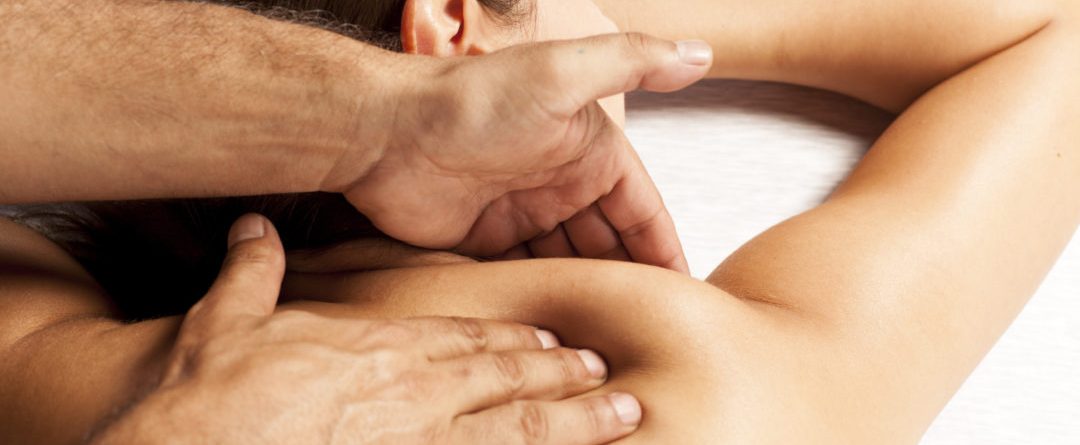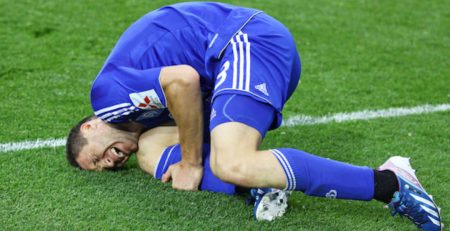Why should you have a massage?
What is massage?
Massage therapy is the manipulation of soft tissues of the body including muscles, connective tissues, tendons and ligaments. Massage therapy is a clinically oriented healthcare option that helps alleviate the discomfort associated with everyday and occupational stresses, muscular over-use and many chronic pain conditions.
What are the benefits of massage?
Many of us feel the immediate benefits of a massage: a feeling of deep relaxation and calm. But what is actually happening? Having a massage reduces levels of cortisol (a stress inducing hormone)while increasing other hormones (including dopamine and serotonin) which have a positive effect on wellbeing.
Research has also shown that massage can help with:
- Musculoskeletal pain (Brosseau, 2012)
- Back pain (Furlan AD, 2008)
- Headache (Chaibi, 2011)
- Osteoarthritis (Perlman, 2012)
- Depression and anxiety (Moyer, 2004)
- Hypertension (Cambron, 2006)
For many healthy people with no chronic conditions, massage is simply enjoyable. Who doesn’t love a nice back massage after a long week at work?
Different types of massage
There are many different names and techniques associated with massage but here are some the more common ones:
- Swedish – otherwise known as relaxation massage. Swedish massage involves long, kneading strokes combined with rhythmic tapping strokes and movement of the joints. This type of massage targets the uppermost layer of muscles and aims to relieve muscle tension
- Remedial or deep tissue – used to locate and repair damaged areas of the body and speed up the body’s own healing processes. The pressure applied in this treatment can either be strong and deep or gentle and shallow, depending on the problem. Problems with the muscles can trigger or radiate pain to other parts of. Remedial/deep tissue massage aims to trace the cause of the pain, tackling both the problem and the symptoms.
- Manual lymphatic drainage (MLD) – a specialised type of massage used to reduce swelling caused by fluid build-up. The aim of MLD is to move fluid from the swollen area into a place where the lymphatic system is working normally. The therapist will use specialised skin movements and gentle pressure to promote the draining of excess fluid to the lymph nodes
- Myofascial release (MFR) – a massage technique that involves applying gentle sustained pressure into the restricted fascia to eliminate pain and restore motion. Fascia is a connective tissue which surrounds every muscle, bone, nerve and organ in the body. When it becomes restricted and cannot function normally, it can exert pressure on these sensitive structures, causing pain and limiting normal motion. There are multiple layers of fascia and MFR can be “passive”, in which the patient remains completely relaxed, or “active” in which the patient participates by providing resistance as instructed.
- Trigger point therapy – often used in conjunction with a deep tissue massage, trigger point therapy mostly consists of rubbing and pressing on trigger points to alleviate pain associated with the trigger point. A trigger point is a hyperirritable spot associated with a palpable nodule in a taut band of skeletal muscle. When a trigger point is “active” it can radiate pain to that particular area of tenderness or sometimes to an area distant from the trigger point.
Take home message
Massage isn’t just a way to feel-good, indulge or pamper yourself. It is also a powerful tool to help you take charge of your health and well-being, whether you have a specific health condition or are just looking for another stress reliever. You can even learn how to do self-massage at home! Feel free to ask Daniel our qualified remedial massage therapist for some tips!
You can BOOK HERE or Call us to make an appointment at 9279 7411
References
Brosseau, L. W. (2012). Ottawa Panel evidence-based clinical practice guidelines on therapeutic massage for neck pain. Journal of Bodywork and Movement Therapies, 300-325. Cambron, J. D. (2006). Changes in blood pressure after various forms of therapeutic massage: A preliminary study. J Altern Complement Med, 65-70. Chaibi, A. T. (2011). Manual therapies for migraine: A systematic review. J Headache Pain, 127-133. Furlan AD, I. M. (2008, October 8). Massage for low-back pain. PubMed. Retrieved from https://www.ncbi.nlm.nih.gov/pubmed/18843627 Moyer, C. R. (2004). A meta-analysis of massage therapy research. Psychol Bull, 3-18.
Ontario, R. M. (2019). What is Massage Therapy. Retrieved from Registered Massage Therapists' Association of Ontario:
https://secure.rmtao.com/massage_therapy/what_is_massage_therapy.htm Perlman, A. A.-F. (2012). Massage therapy for osteoarthritis of the knee: A randomized dose-finding trial. PLoS One.
Author

Daniel Phan
Remedial Massage Therapist
Daniel just graduated as a Remedial Massage Therapist and is a professional member of the Association of Massage Therapists. He has training in various modalities including myofascial release, trigger points, PNF stretching and in sports, deep-tissue and relaxation massages.
Daniel has a passion for health and well-being and a desire to help others through massage therapy. When he is not massaging, Daniel enjoys being active through calisthenics, being inactive through video-games or spending time with his dogs Sonic and Bowser.



